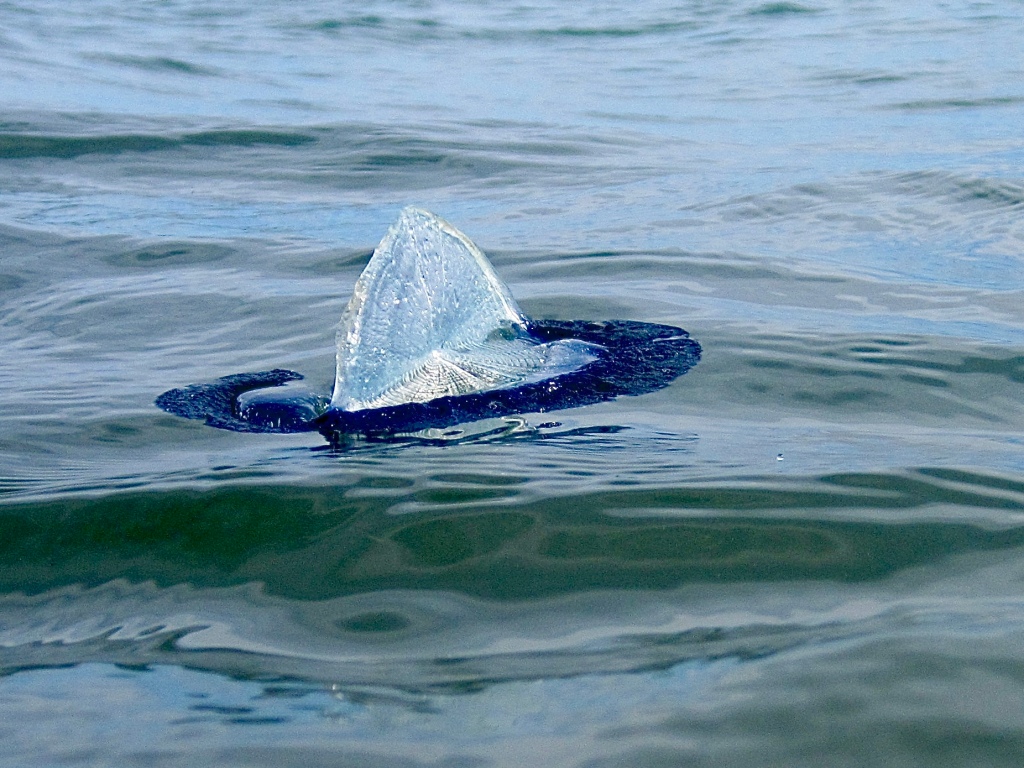Do Sea Jellies Live In The Tide Pools?

This is a very common question about the tide pools, probably asked as a safety concern. I don’t want my kids running around the tide pools if there are sea jellies in there that could hurt them. A fair hesitation.
Sea jellies, as a general rule, don’t live in the tide pools. Mostly preying on plankton, jellies are typically open ocean creatures that drift on the current. Not at all the kind of animal you would find in the tide pools.
However, just because sea jellies don’t intend to live in the tide pools doesn’t mean you won’t find them there. Jellies are often washed up on beaches because they are not able to swim against the current and they can still sting when they are dead. A general rule of thumb is to not touch anything that looks like it could be a sea jelly, whether you see it in the tide pools or on the beach.

Sea Jelly-Like Animals You Might See at the Tide Pools
In Southern California, we have several animals that are or resemble sea jellies that you might see on the beach or in the tide pools. The most common are moon jellies (Genus Aurelia), a true sea jelly that has a translucent, round bell that resembles the moon. These jellies often wash up on the shorelines and sometimes end up in the tide pools. Their sting isn’t typically strong enough to harm humans, but I wouldn’t advise touching them nonetheless.

Another creature you might see is the Velella Velella, or the sailor-by-the-wind, a hydrozoan that sometimes washes up on the shores of California. They are deep blue and transluscent, identifiable by their upright “sail” that catches the wind as they float on the surface. Due to wind conditions, these hydrozoan sometimes wash ashore by the thousands. Their sting isn’t typically strong enough to harm humans either, but it’s best to avoid touching your face if you pick one up.

Cnidarians— What are Sea Jellies?
Asking whether sea jellies live in the tide pools is kind of a trick question: what do you consider a sea jelly? You might have noticed that the section above is titled animals like sea jellies. That is because true sea jellies are grouped in phylum Cnidaria, which includes sea jellies, hydrozoa, box jellies, corals, and… anemones. Loosely described as soft bodied animals that have radially symmetry, many Cnidarians sting and many live in the tide pools, such as anemones and hydrozoans.
Technically, anemones should be included in the list above, as they are members of the same group as sea jellies. But when beginner tide poolers ask if sea jellies live in the tide pools, they are typically worried about danger from stings, which anemones don’t pose. You can learn more about Cnidarians and all the animals that fall into this category here.


Categories
tags
Subscribe to the blog
Sign up to receive weekly emails with tide pooling information and guides so you never miss a post!

Leave a comment